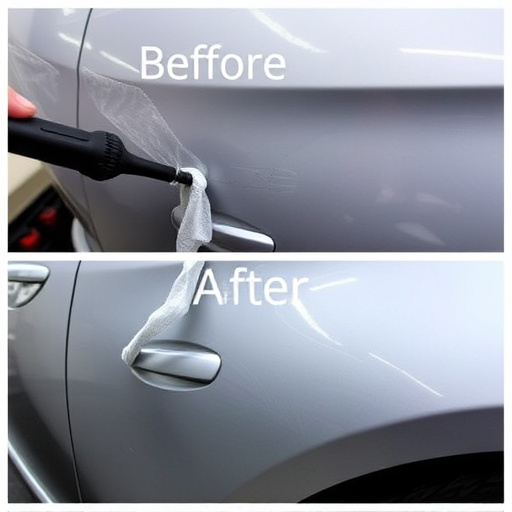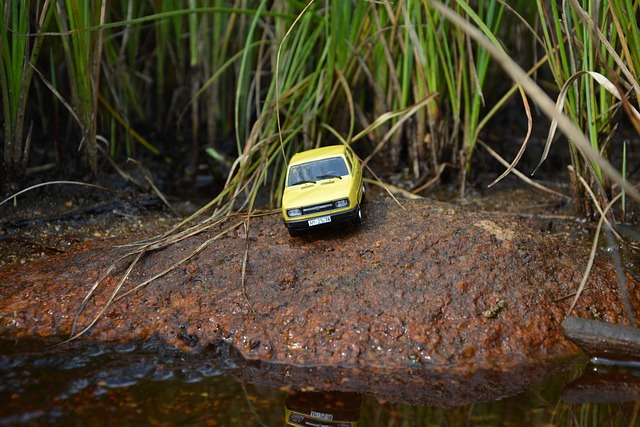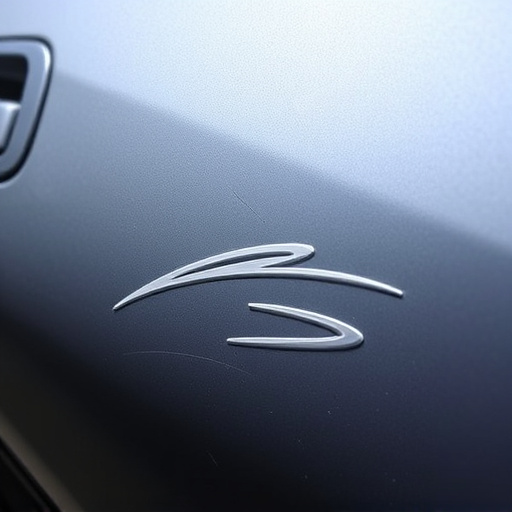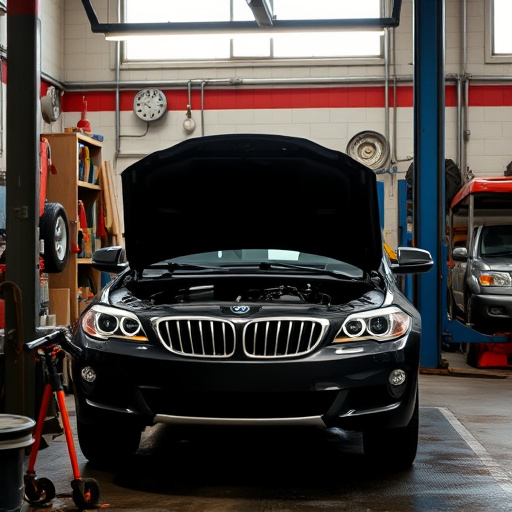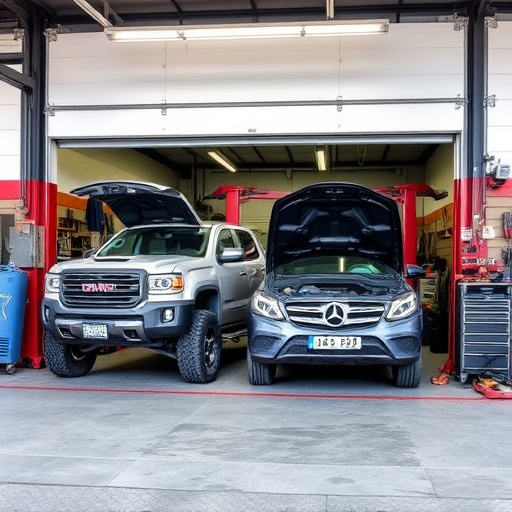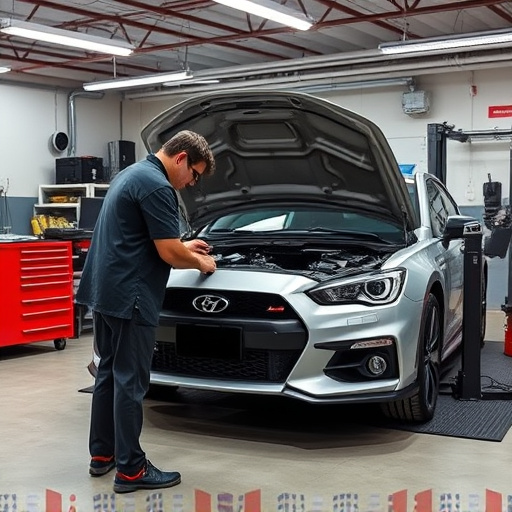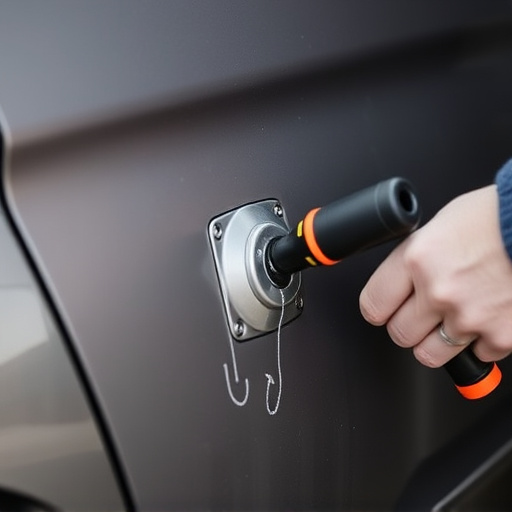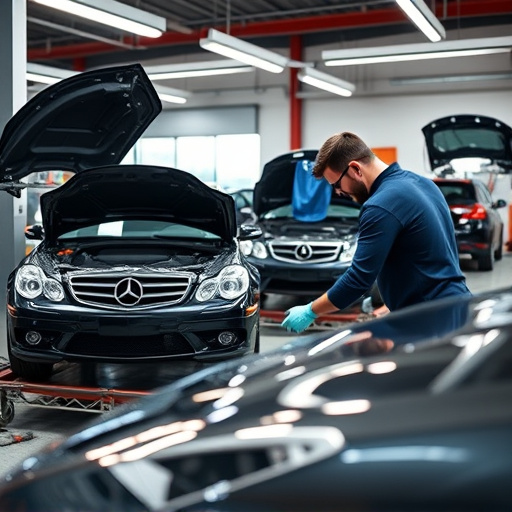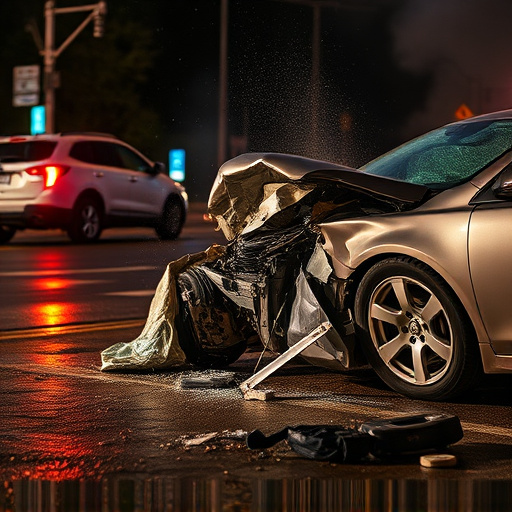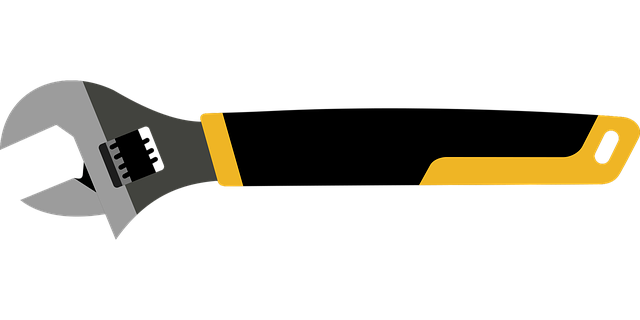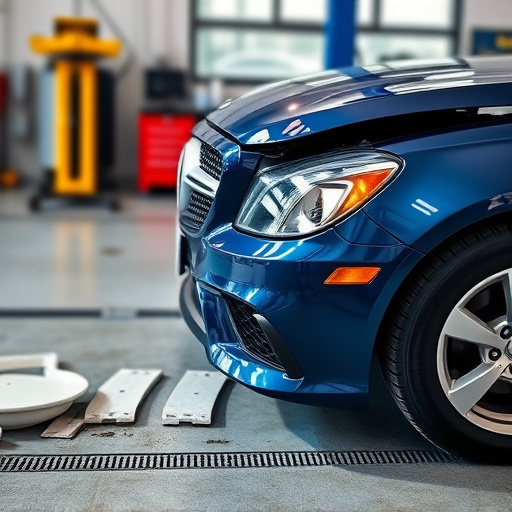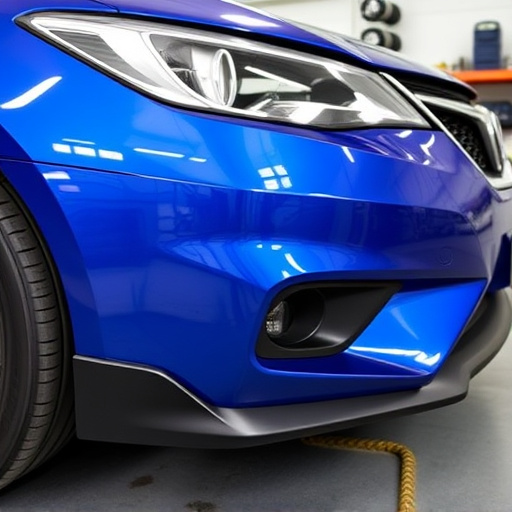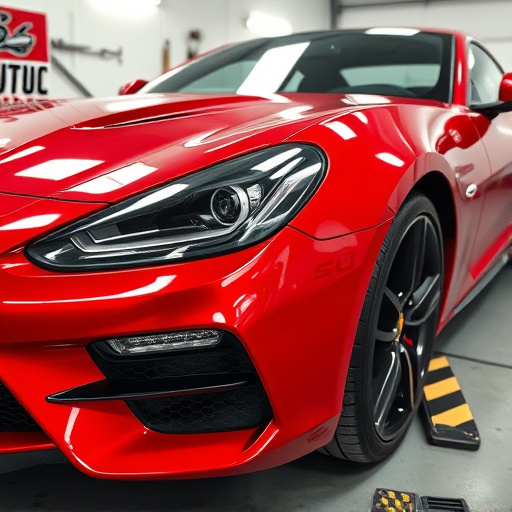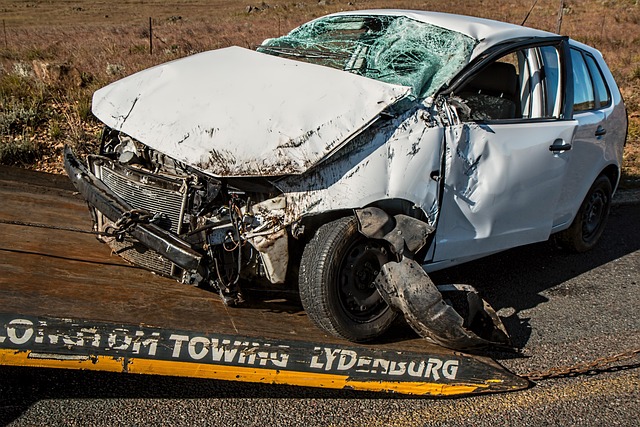Radiator collision repair services specialize in restoring vehicles' cooling systems after damage, ensuring optimal efficiency and safety. The outcome depends on the severity of the incident and the affected components—minor repairs can often restore performance, but severe damage may require replacement. Consulting professionals is crucial for informed decisions, especially when dealing with critical parts like the cooling system or engine block to achieve the best vehicle performance.
Radiator collision repair is a specialized service that can restore your vehicle’s cooling system to optimal performance after a crash. However, the effectiveness of this process hinges on various factors. This article delves into the intricacies of radiator collision repair, exploring the steps involved, its limitations, and the key elements that determine whether full performance can be regained. By understanding these aspects, car owners can make informed decisions regarding their vehicle’s maintenance after a collision.
- Understanding Radiator Collision Repair: The Process and Its Limitations
- Factors Influencing the Restoration of Full Performance After Collision
- When to Opt for Replacement: Recognizing the Signs and Making Informed Decisions
Understanding Radiator Collision Repair: The Process and Its Limitations
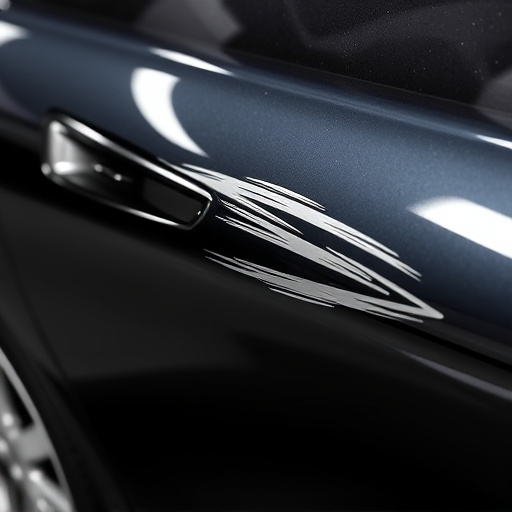
Radiator collision repair is a specialized service that aims to restore a vehicle’s cooling system to its optimal performance after a collision or damage. The process involves several steps, starting with assessing the extent of the damage and identifying any cracks or leaks in the radiator. Skilled technicians then meticulously disassemble the affected components, replacing or repairing them as necessary. This may include fixing or replacing the radiator itself, along with associated parts like hoses, caps, and thermostats.
While radiator collision repair can significantly enhance a vehicle’s cooling efficiency and overall performance, it’s essential to acknowledge its limitations. Over time, even after repair, some vehicles might exhibit residual issues due to the initial impact. Moreover, in severe cases where the damage is extensive or parts are beyond replacement, achieving full original performance may not be feasible. Therefore, regular auto maintenance and timely collision repair services are crucial for prolonging the lifespan of a vehicle’s critical components, such as the radiator, ensuring optimal efficiency and safety on the road.
Factors Influencing the Restoration of Full Performance After Collision
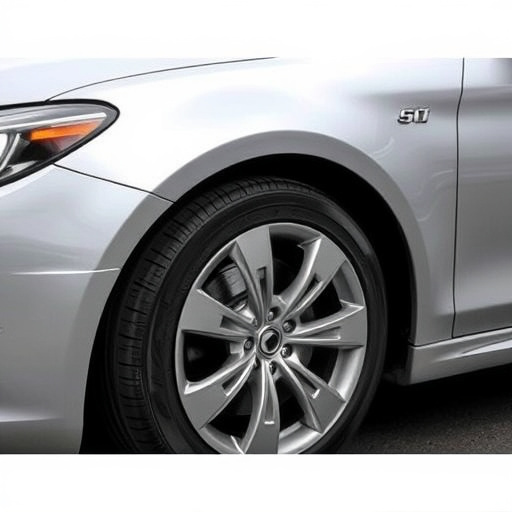
Several factors play a significant role in determining whether radiator collision repair can restore full performance in a vehicle. One of the primary considerations is the extent of damage to the radiator itself, as well as other interconnected components like the cooling system. Minor dents or cracks that don’t compromise structural integrity can often be successfully repaired, ensuring optimal cooling efficiency. However, severe damage, including significant bending or complete rupture, may require replacement, impacting overall performance.
Additionally, the complexity of the collision and subsequent repair process influences the final outcome. Simple fender benders might only affect the exterior, allowing for straightforward car body repair and minimal disruption to the vehicle’s core functions. Conversely, more severe accidents involving multiple components, including the radiator, hood, and surrounding panels, necessitate comprehensive vehicle body repair. This complexity can extend the repair time and potentially introduce challenges in aligning performance benchmarks post-restoration compared to pre-collision conditions.
When to Opt for Replacement: Recognizing the Signs and Making Informed Decisions
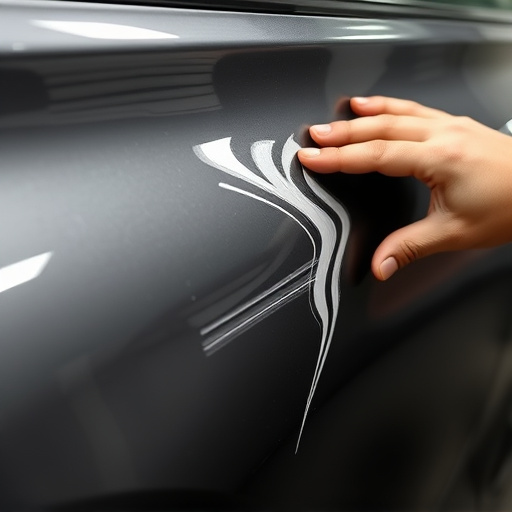
In many cases, a radiator collision repair can effectively restore full performance to your vehicle. However, determining whether repair or replacement is the best course of action involves careful consideration and an understanding of your car’s condition. If the damage extends beyond the radiator itself, involving other critical components like the cooling system, engine block, or surrounding structure, complete replacement might be necessary.
Signs that suggest replacement include severe dents, crumple, or misalignment that affect the structural integrity, as well as leaks or significant corrosion that compromise the effectiveness of auto maintenance and cooling performance. Consulting with a professional automotive body shop can provide valuable insights to help you make informed decisions about your bumper repair and whether a complete overhaul is needed for optimal vehicle performance.
Radiator collision repair can significantly improve a vehicle’s performance after an accident, but it’s not always a guaranteed full restoration. Understanding the process, its limitations, and the influencing factors is key to making informed decisions. While repair can address structural integrity and functionality, severe damage or prolonged exposure to corrosive elements may warrant replacement. Knowing when to opt for replacement ensures your vehicle maintains optimal performance and safety on the road.
